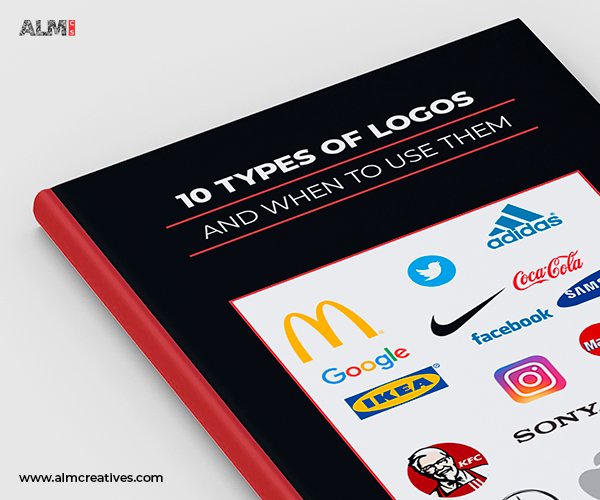Search
10 Types of Logos and when to use them
Business and advices
If you look around, you'll see different types of logos. Logos are part of our daily lives. They're everywhere—from your computer screen and shoes to all over the place!
These brand marks, whether appearing on our sneakers or as tiny icons on our mobile phones, are an important part of establishing and maintaining a successful business.
Whether you're designing a logo for a new business, an existing brand, or just for fun, there are many different types of logos to consider.
From abstract logos to emblems and monograms, this guide offers an overview of 10 popular types of logos and how to use them effectively.
1. Wordmarks
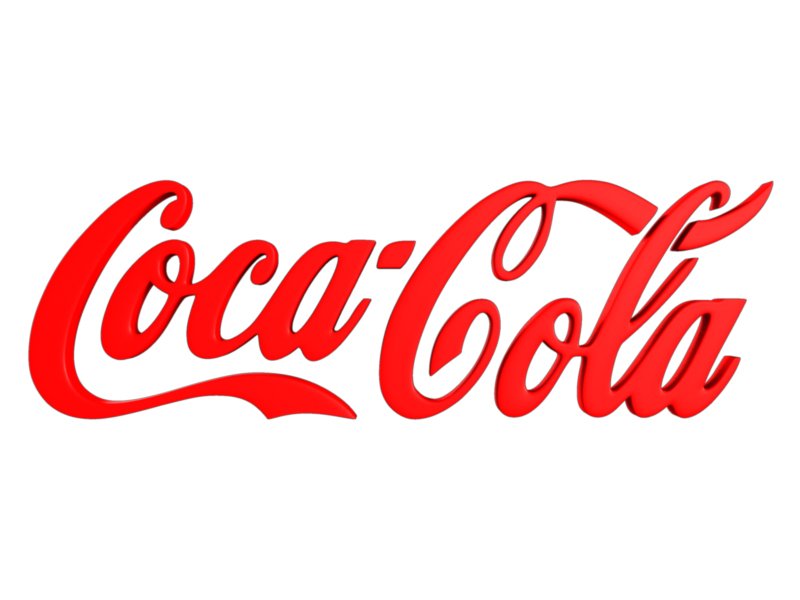
Wordmarks, also known as logotypes, are a type of logo made up of only text. They’re the most simple type of logo but can have a major impact.
Good wordmark logos feature unique fonts that stand out and truly represent the qualities of your brand. When used effectively, they will become synonymous with your company and its values.
If you are going for a wordmark, remember it takes time. Though they may appear basic, designing a good wordmark is very difficult and any mistake can lead to problems for your business.
That is why it is very important to hire a professional designer to create your logo. They will be able to help you pick the right font and color scheme that works well with your brand.
When to use a Wordmark
Wordmarks work best for brands with:
- Catchy names
- Those that want to get their name out into the world: because it will appear throughout all of their marketing materials.
- A short, distinctive name
Examples of Companies that use Wordmarks include: Coca-Cola, Google, Vimeo, Volvo, Wix, etc.
Have a Question? Ask our team!
2. Lettermark/Initials
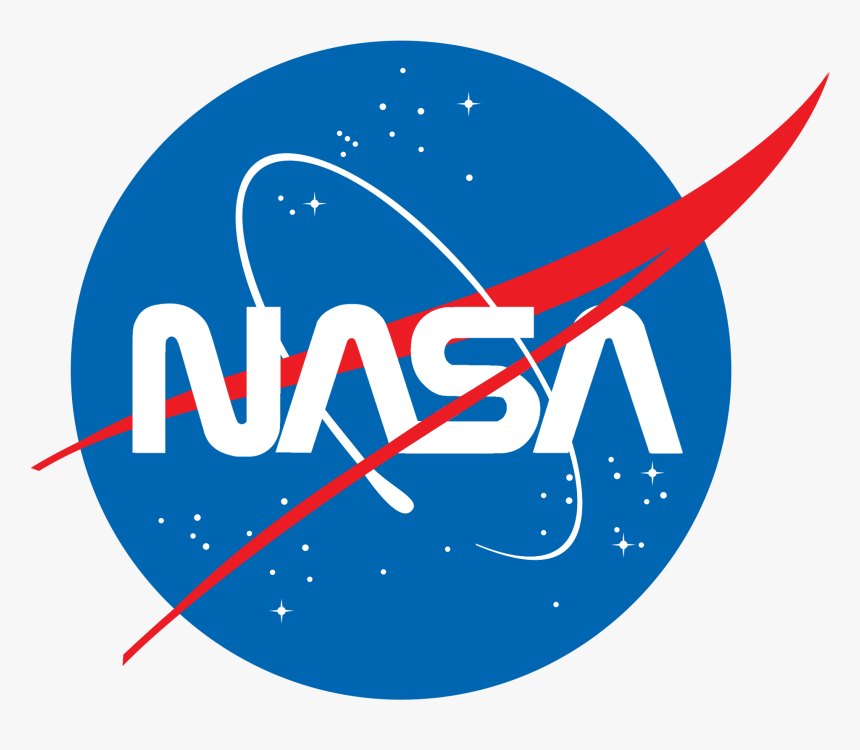
Lettermark logos(Monogram Logos) are also created with only text, but instead of using a full word, only the initials of your organization or brand name are used.
Most brands that have monogram logos are spoken of using their abbreviated versions, like IBM and NASA (when was the last time you heard someone say National Aeronautics and Space Administration?)
When to use Lettermarks
Lettermarks can be a good option for brands with long names that wish to make their name more memorable by shortening it.
Examples of Companies that use Lettermarks include: ALM, NASA, CNN, HBO, HP, etc.
3. Letterforms

Letterforms are a type of logo that only includes the first letter of a company's name. Many brands will have an additional version (called a wordmark or logotype) with their full business name, which can be used in different situations.
When to use Letterforms
Generally, letterform logos are a good choice for brands that are already reasonably well-known. Otherwise, it can be difficult getting people to know and remember your company’s name.
Letterform logos also work great for brands with long names.
Examples of Companies that use Letterforms include: Netflix, Facebook, Pinterest, McDonald's, etc.
4. Abstract Logos

Abstract logos are designs that don’t represent any object in particular but still convey an idea. They incorporate visuals such as shapes, lines, and colors to create a unique visual language.
Because abstract logo marks do not depict a specific object, you have the freedom to create something highly original.
When to use Abstract Logos
Abstract Logos are an excellent choice for businesses dealing across multiple industries and products, or those focused on abstract concepts such as innovation and progress.
In addition, an abstract logo mark can be the perfect choice for global brands whose names don’t work well across different languages.
Examples of Companies that use Abstract Logos include: Nike, Adidas, Airbnb, Chanel, etc.
5. Brand marks
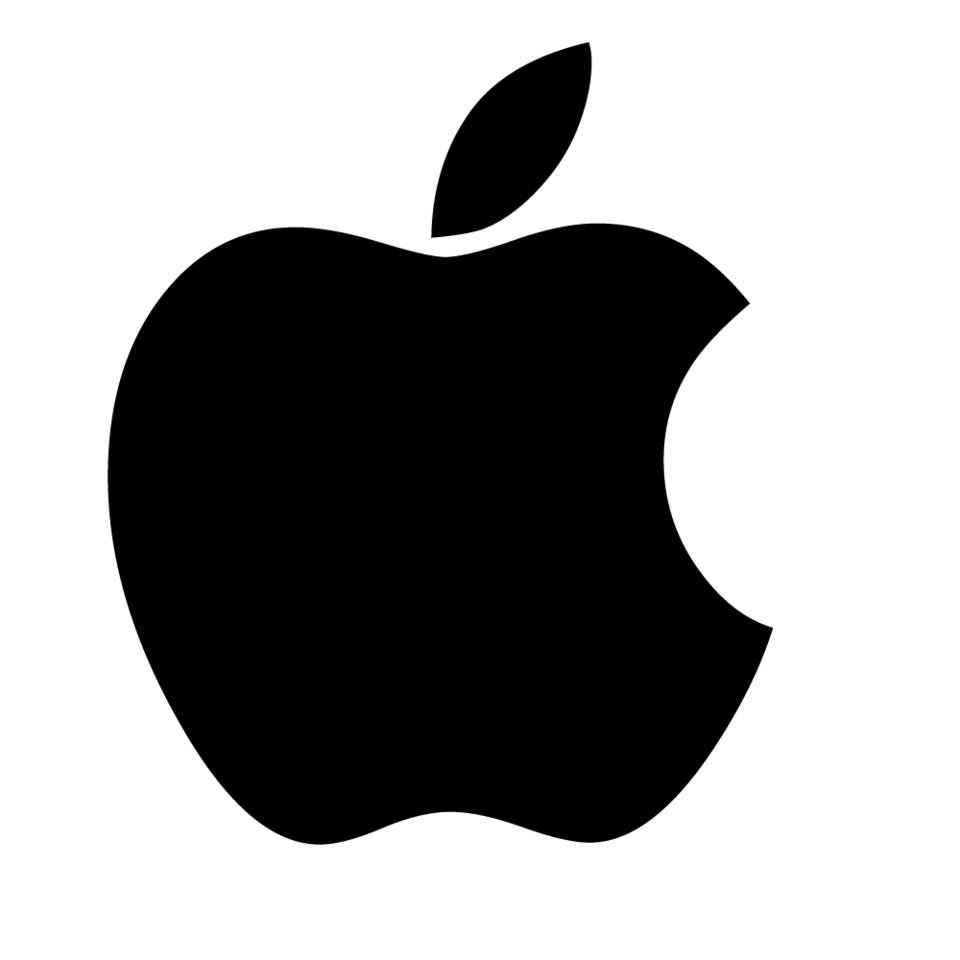
Also known as Logo Symbols, a brand mark is a graphic icon, image, or symbol that represents the brand's identity and is used to represent a company, product, or service.
Companies use brand marks to create a visual identity that reflects their values and personality. When it comes to creating a brand mark, the most important thing is that it should be instantly recognizable as representing your company or product.
Finding the perfect image for your logo symbol can be a challenge, especially if you’re a fairly new brand. Not only will it take time for customers to recognize and connect your logo with their expectations of what they think your company is like—but it could also change as time goes on.
Once that connection has been made though, you won't have to worry about changing much at all!
But in order to create that connection, it is advisable you hire a professional design agency to help you create your logo. This way, you can be sure that the mark is instantly recognizable as representing your company or product and that it will remain consistent over time.
Examples of Companies that use Brand Marks: Apple, Instagram, Twitter, Snapchat, etc.
6. Combination Marks

Combination marks, also known as combining marks or composite logos, provide the most flexibility of all types of logos.
This type combines a symbol with text to create a unique and memorable visual representation.
A combination mark can be used to represent an organization through everyday use but also maintains enough versatility for product branding purposes.
When to use Combination Marks
For companies that aren't popular, combination marks can be great because it helps you build brand recognition, and over time, you’ll gain the ability to use just text or just icons—still recognizable by everyone.
Examples of Companies that use Combination Marks: Lacoste, NBC, MasterCard, Dropbox, etc.
7. Mascot Logos
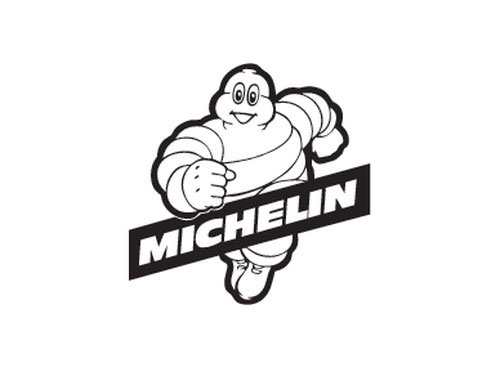
Mascot logos depict an illustrated character or “ambassador” that represents a brand. A mascot can be fictional (e.g., Smiley) or real (Bill Clinton), as long as it reflects the identity of the company behind it.
When to use Mascot Logos
For companies that want to make a strong first impression on consumers, mascot logos are a great way to get noticed. When you see a mascot logo, it’s immediately recognizable as belonging to a certain company.
Examples of Companies that use Mascot Logos: The Michelin Man, Colonel Sanders by KFC, etc.
8. Dynamic marks
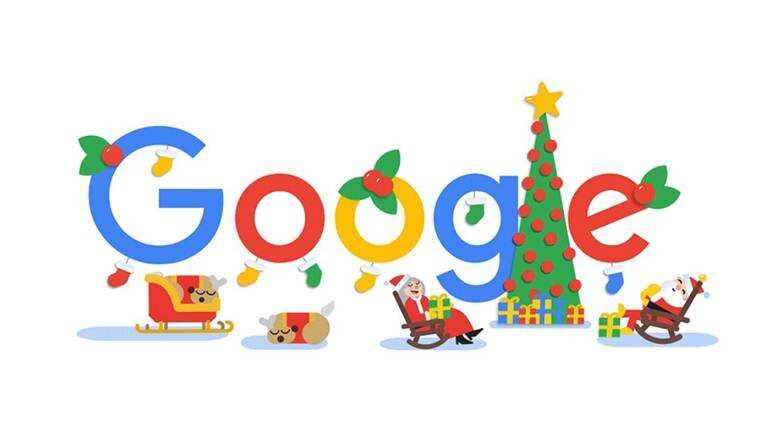
Dynamic logos are a unique anomaly in that they can take on many forms. This may sound strange, since a general rule of logo design is consistency; however, this versatility makes dynamic logos stand out amongst other types.
These types of logos can be altered slightly to fit each use and still remain a recognizable part of the logo.
For instance, think of when you open your Google browser—you see its familiar wordmark logo featuring historical figures or celebrations. However, even though the look has changed drastically from usual, you always know it is still Google!
Their logo is so recognizable that they can create different versions of it and still keep their brand messaging consistent.
Examples of Companies that use Dynamic Marks: MTV, Google, Nickelodeon, etc.
9. 3D Logos

3D logos are another type of logo design that is becoming more and more popular. These types of logos can range from simply having a 3D effect to full-on animation.
The most common use for these types of logos is when the company wants to stand out amongst other competitors who only have flat logos.
3D logos are fun and playful, but they can be tricky to create. If the 3D effect is not executed properly, it can make your logo look cheesy or outdated. However, if done right, a 3D logo can make your brand stand out from the crowd.
Examples of Companies using 3D Logos: Xbox360, Nerf, etc.
10. Emblem Logos

Emblems are visual representations of a brand or organization. They typically include text and an image (sometimes called the "crest") that together create a design with a traditional look.
While emblem logos are becoming increasingly popular, there are no rules about whether or not your brand should have one. However, this type of logo is especially well-suited for universities and sports teams—as well as coffee brands.
Examples of Companies using Emblem Logos: Starbucks, Warner Brothers, Manchester United, etc.
Conclusion
As you can see, there are many different types of logos. Each one has its own set of benefits and disadvantages, so it’s important to choose the right one for your brand.
It’s also important to remember that no matter what type of logo you use, it’s important to make sure your brand consistently uses the same one across all channels.
If you’re looking for help creating a logo, check out our design services. We can help you create a logo that will work for your brand and attract customers.
We’re also happy to help you choose a logo that works with your business. If you have any questions about this article or need help with your Logo design, feel free to contact us today!
